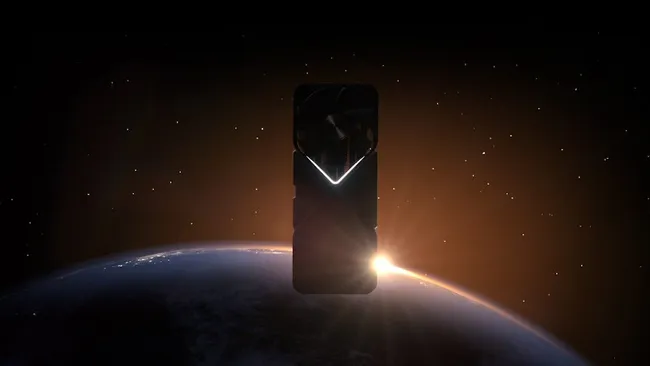With the Nvidia RTX 5000 series soon to hit the market, the temptation to upgrade to the latest and greatest graphics card is high. However, a potentially game-changing feature—Frame Generation—could alter this decision. It’s not just exclusive to the RTX 4000 series and Blackwell GPUs like the RTX 5090 (featuring Multi Frame Generation), but there are indications that it might also come to RTX 3000 GPUs.

What Is Frame Generation, and How Does It Work?
Frame Generation is an innovative feature that uses AI to generate additional frames between the ones rendered by the GPU, increasing overall frame rates. The idea is to boost gaming performance by creating the illusion of more frames without additional workload on the GPU. This is particularly useful in scenarios where high FPS is crucial but hardware limitations typically hold back performance.
Nvidia’s DLSS 3 (Deep Learning Super Sampling) has already delivered super-resolution, DLAA, and ray reconstruction across RTX 3000 and RTX 2000 series GPUs, but Frame Generation has remained a feature exclusive to RTX 4000 series GPUs—until now.
>>>NDXX1401-00-01-3S1P-0 Replacement Battery for Acer Aspire One Z1401 Z1402 C6UV C6YW
Could Frame Generation Come to RTX 3000 Series?
The latest hints that Nvidia could bring Frame Generation to older GPUs come from Digital Foundry’s interview with Nvidia’s Applied Deep Learning Research VP, Bryan Catanzaro. In the interview, Catanzaro discussed Nvidia’s plans to enhance the performance of older GPUs and optimize the use of DLSS 4, which may include Frame Generation for RTX 3000 series.
Catanzaro clarified that DLSS 3 and Frame Generation rely on Nvidia’s Optical Flow hardware accelerator, which detects motion between frames. While the RTX 3000 series features a weaker Optical Flow accelerator, Nvidia is exploring ways to enhance AI-based solutions to reduce reliance on this hardware. This shift could make it possible for RTX 3000 users to enjoy Frame Generation, despite the less powerful Tensor Cores compared to the newer GPUs.
DLSS 3 Frame Generation has already been proven to provide enhanced performance on RTX 4000 series GPUs, thanks to the improved Tensor Cores and Optical Flow accelerators. However, the new Frame Generation model coming to RTX 5000 GPUs is set to rely on AI-based solutions rather than the Optical Flow accelerator. This change could open the door for RTX 3000 GPUs to gain access to Frame Generation.
Moreover, the new model is expected to use significantly less VRAM, which could make it feasible for older RTX 3000 GPUs to run Frame Generation without requiring the extensive resources of the RTX 4000 and RTX 5000 series. While the weaker Tensor Cores on the RTX 3000 series are still a limitation, Nvidia’s focus on AI optimization could potentially overcome this obstacle.
>>>HQ-6887SDS Replacement Battery for Samsung HQ-6887SDS
If Frame Generation is indeed made available to RTX 3000 series GPUs, it could be a significant boost for gamers, providing enhanced performance without the need for a costly upgrade. Nvidia’s commitment to optimizing older hardware suggests that DLSS 4 will be a game-changer, even for those on older graphics cards.